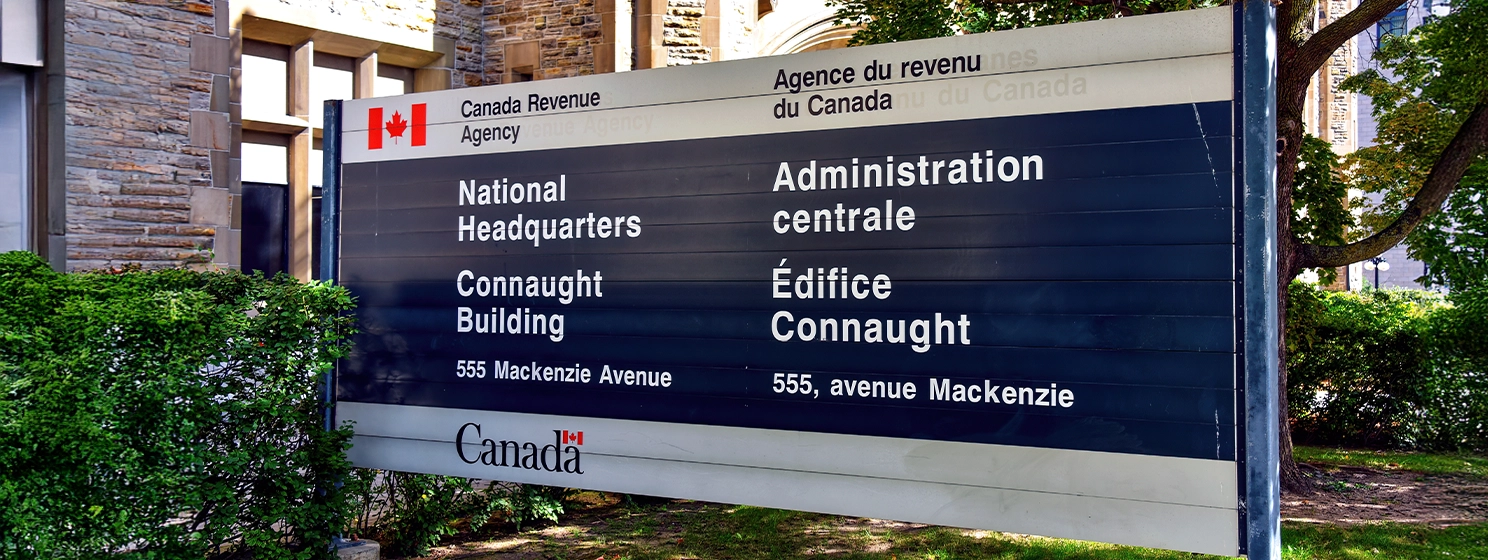|
Getting your Trinity Audio player ready...
|
India is rewriting the script of digital inclusion. Whether it’s using artificial intelligence (AI) to revamp its railway infrastructure or rolling out the nation’s first government-backed, multilingual large language model, the country is committed to ensuring that no citizen is left behind because of the language they speak.
The South Asian powerhouse has unveiled a major AI-powered initiative to digitally transform its vast railway network, which is the fourth largest globally. This ambitious project is centered on integrating advanced multilingual artificial intelligence tools into the core digital infrastructure of Indian Railways, aiming to reshape the daily experience of millions of passengers across the country.
The transformation, spearheaded through BHASHINI—a government-backed multilingual technology platform, seeks to eliminate language as a barrier when accessing railway services. By deploying AI-driven technologies that support multiple Indian languages, the government plans to make railway services more inclusive and accessible to people from diverse linguistic backgrounds.
This modernization is particularly significant given the scale of Indian Railways, which employs over 1.2 million people, ranking it the ninth-largest employer worldwide and the second largest within India. Moreover, India is expected to account for 40% of global rail activity by 2050.
Toward this modernization, the Digital India BHASHINI Division (DIBD) and the Centre for Railway Information Systems (CRIS) agreed to work together on using AI-powered multilingual tools across key railway platforms. The aim is to bring BHASHINI’s advanced language technologies—like speech recognition, translation, text-to-speech, and text scanning—into systems like the National Train Enquiry System (NTES) and RailMadad. This will allow people to access essential railway services in 22 Indian languages.
“This collaboration will transform how millions of passengers engage with railway services daily. Through BHASHINI’s AI capabilities, we are ensuring that language is no longer a barrier to accessing vital public services,” Amitabh Nag, chief executive officer of BHASHINI, said in a statement.
The collaboration will also focus on creating AI-powered chatbots and voice assistants to support passengers in multiple languages, setting up multilingual help desks, and rolling out these services on websites, apps, kiosks, and call centers. Services will be supported by both cloud and local infrastructure, and real-time voice interactions will be made possible in various Indian languages. Technical workshops and trial runs will begin soon.
This partnership supports the goals of Digital India and highlights the country’s leadership in using AI to build inclusive public digital services. The initiative heralds a transformative moment in the intersection of public service and artificial intelligence.
“At their core, these efforts aim to dismantle one of India’s most persistent barriers to equitable access: linguistic fragmentation,” Raj Kapoor, chairman of India AI Alliance, told CoinGeek.
“By leveraging BHASHINI’s multilingual capabilities, the government intends to render railway services intelligible and navigable across India’s vast linguistic landscape, thereby enhancing user experience, operational efficiency, and civic inclusion,” Kapoor added.
The DIBD, operating under the Ministry of Electronics and Information Technology, is a key National Language Translation Mission initiative. Launched by Prime Minister Narendra Modi in July 2022, BHASHINI aims to make digital content accessible in all Indian languages. Leveraging advanced application programming interface (API) technology, it delivers high-quality language translation services to meet India’s diverse linguistic needs while working as a public digital resource.
India unveils AI-based multimodal large language model
Simultaneously, India has introduced BharatGen, the country’s first indigenously developed, government-funded, AI-based multimodal large language model (LLM).
BharatGen is a flagship initiative launched under the National Mission on Interdisciplinary Cyber-Physical Systems (NM-ICPS), with a vision to build an AI ecosystem that reflects India’s linguistic diversity, cultural values, and ethical foundations. This nationwide effort aims to develop a robust, inclusive, and multilingual artificial intelligence platform that supports communication across 22 Indian languages while seamlessly integrating text, speech, and visual data.
By prioritizing accessibility, linguistic inclusivity, and ethical AI development, BharatGen seeks to ensure that advanced technologies are not limited to a few but benefit every citizen, regardless of their language or location.“This initiative will empower critical sectors such as healthcare, education, agriculture, and governance, delivering region-specific AI solutions that understand and serve every Indian,” Jitendra Singh, Union Minister of State (Independent Charge) for Science & Technology, said in a statement.
Singh pointed out that BharatGen aligns with Prime Minister Modi’s vision of “India’s Techade,” focusing not only on technological innovation but also on ensuring inclusive growth and access for all.
The initiative is designed to bring the power of AI to the grassroots level, transforming critical sectors such as healthcare, education, agriculture, and public administration. For instance, AI-driven virtual health assistants capable of interacting in regional languages could expand telemedicine services to underserved rural communities. In governance, multilingual AI tools may enable more inclusive citizen feedback mechanisms, helping government bodies better understand and respond to diverse populations.
“As a government-funded LLM built with Indian datasets and cultural context in mind, it has the potential to catalyze sector-specific innovation across governance, education, healthcare, and legal services. Its development signifies not only technological ambition but also a broader geopolitical assertion of digital autonomy in an era increasingly dominated by foreign AI infrastructure,” Kapoor of India AI Alliance told CoinGeek.
“Critically, these initiatives also serve as high-stakes test beds for large-scale public AI deployment. Their success could institutionalize trust in AI systems and set precedents for ethical, inclusive innovation within the public sector. However, their transformative potential will only be realized if matched by rigorous data governance, accessibility infrastructure, and a commitment to responsible AI stewardship,” Kapoor added.
Indian province joins BHASHINI for language access
In India’s northeast, the state of Mizoram is quietly leading a digital revolution—breaking down language barriers and building a governance model where inclusivity is at the core of every public service.
The DIBD has partnered with the provincial government of Mizoram to advance multilingual technology and support the Mizo community in accessing public services in their native language. Through this collaboration, Mizoram will implement BHASHINI’s cutting-edge language platform, reinforcing its dedication to safeguarding the state’s linguistic identity while expanding digital access for all residents.
“BHASHINI is proud to support Mizoram in enabling multilingual governance and fostering innovation rooted in the state’s linguistic diversity. Together, we are building a future where every Indian, regardless of language, can access digital opportunities,” Abhishek Singh, Additional Secretary, Ministry of Electronics and Information Technology (MeitY), said in a statement.
The agreement represents a key achievement in Mizoram’s efforts to integrate native languages into governance, enhance digital inclusion for tribal populations, and ensure that government communication is accessible and culturally relevant. The initiative is focused on delivering citizen-centric services by offering government schemes, information, and support in Mizo and other local dialects. It aims to eliminate language barriers in administration, thereby encouraging transparency, civic trust, and broader community participation. Additionally, the partnership will strengthen Mizo language AI capabilities by improving datasets and developing more accurate and context-aware language tools tailored to India’s multilingual society.
“This partnership with BHASHINI will make digital governance truly accessible to every Mizo citizen. By preserving our language while embracing technology, we are building a more inclusive digital future for Mizoram,” said Khilli Ram Meena, Chief Secretary, Government of Mizoram.
In order for artificial intelligence (AI) to work right within the law and thrive in the face of growing challenges, it needs to integrate an enterprise blockchain system that ensures data input quality and ownership—allowing it to keep data safe while also guaranteeing the immutability of data. Check out CoinGeek’s coverage on this emerging tech to learn more why Enterprise blockchain will be the backbone of AI.
Watch: India is going to be the frontrunner in digitalization

 12-14-2025
12-14-2025 





